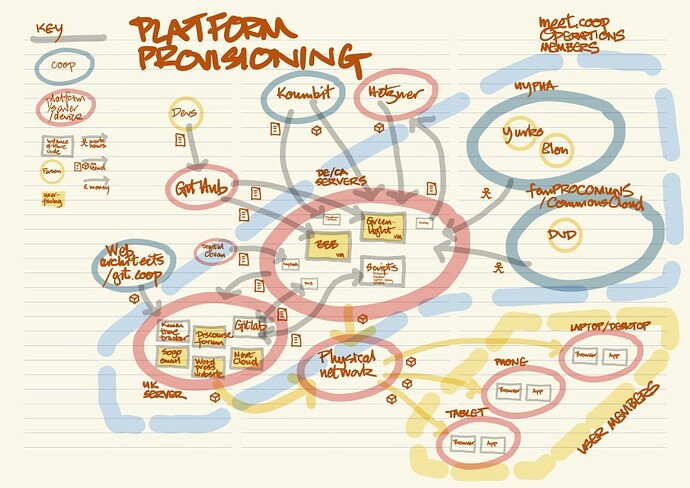Per request, I’m starting a new topic, coming here from “Evolution 1”…
@EduMerco wrote:
Do you believe that a small (90 min), realtime VF workshop could be useful to start to imagine what form could this federation could take? In my case (and I offer it in case it could be useful) I model with SysML that focuses in more concrete actions, but I feel that a value flow model could be enlightening…
I’d be happy to do something like that. I tend to think that we would want to have some good ideas of how people might want the economic side to work, ahead of time. In fact, if we had that, I could do a first draft ahead of time.
Or is that the wrong direction to think about it? I could also do a 20 minute intro to VF, maybe 30 minutes if we include some examples of contribution economies, and we could just see if that triggers some thinking towards how it might work.
I had to look up SysML, I guess I’ve been out of it too long. ![]() I’m happy to have whatever modeling techniques people want to bring, although I think we’d have to mesh that with Valueflows in some way, which will bring its own limitations. In case this helps you assess that, here’s a write-up intended to help people think about how to translate their resource flows to VF, although it is more of a supply chain example: How to model resource flows in networks — Economic Networks.
I’m happy to have whatever modeling techniques people want to bring, although I think we’d have to mesh that with Valueflows in some way, which will bring its own limitations. In case this helps you assess that, here’s a write-up intended to help people think about how to translate their resource flows to VF, although it is more of a supply chain example: How to model resource flows in networks — Economic Networks.
Here’s the presentation to the Commons Hour series on contribution accounting, more about our experience than about VF directly: Session#6 discussion
